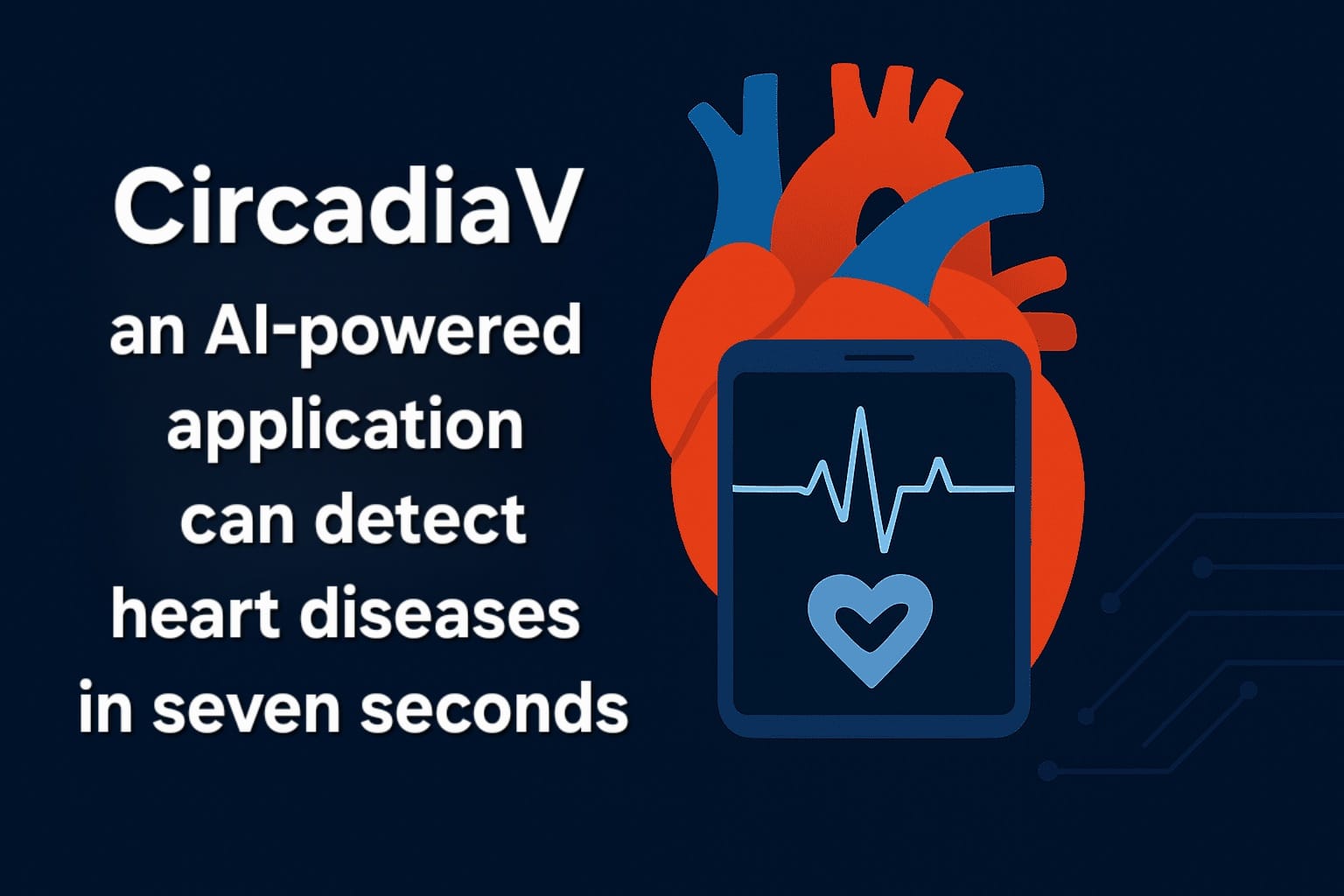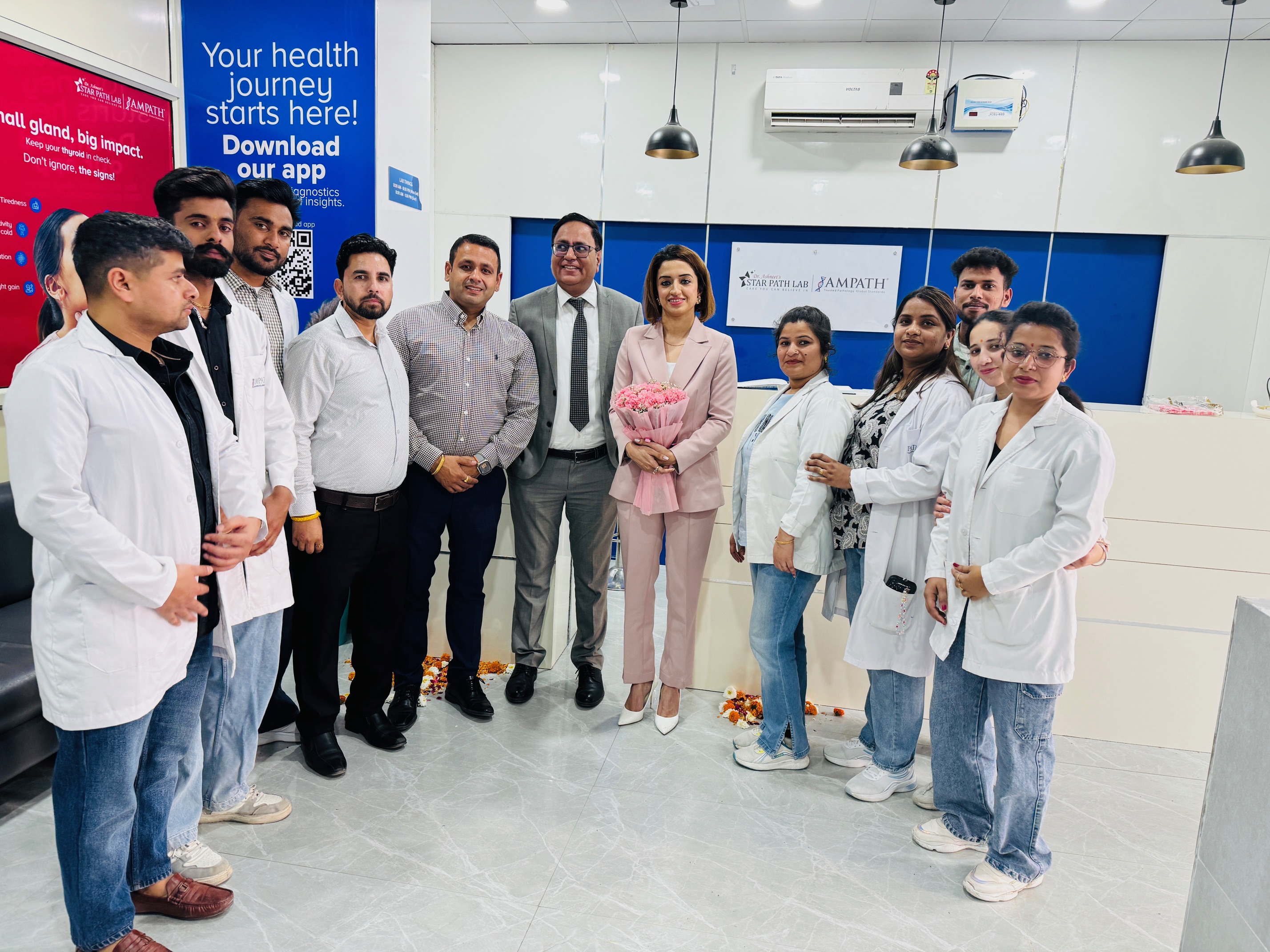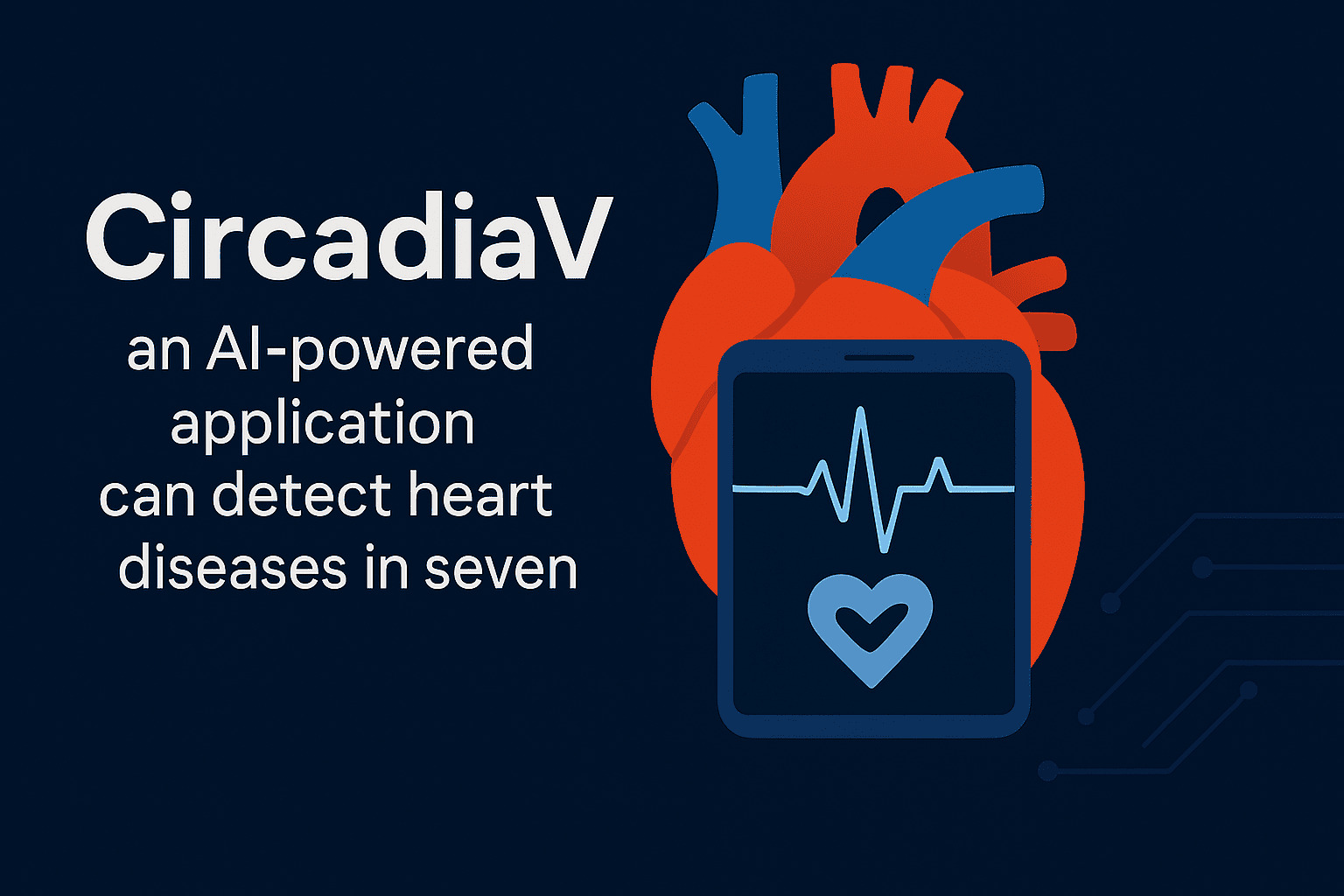Dr. Ritesh Bansal is a Diabetologist & Physician, who did his MBBS from the University College of Medical Science and MD from Maulana Azad Medical College. Post MD, he did Advanced Fellowship in Diabetes & Endocrinology from Medanta, The Medicity, Gurgaon. He also holds membership in the Royal Colleges of Physicians of the United Kingdom. He is the founder of Saroj Diabetes & Research Centre, Delhi. He is also attached to Wellness hospital, Delhi.
How to diagnose diabetes
Dr Bansal begins, “Let me first put the highlight on some numbers. Diabetes is spread worldwide and in India, there are 7 crore plus people suffering from it. Nowadays it is considered an epidemic. Therefore, there must be awareness regarding diabetes and how one gets this disease. One must also know how to figure out whether they are diabetic or not.”
“Diabetes is a metabolic disorder wherein the level of blood glucose inside your blood is on the higher side. There are 2 types of blood glucose - fasting blood glucose and postprandial. Fasting as the name suggests is when one does fast overnight. Postprandial is the one where the level is checked after having eaten. Then there is random, where the levels are checked irrespective whether you had or didn’t have your meal.”
“The type of diagnosis depends on one’s level of reading. Diabetes, we have 3 types. The first is normal, the second is pre-diabetic, and lastly diabetic. At the normal level, the sugar levels are under 100. If the levels are less than 140 two hours post your meal, then that too is normal.”
“Then there is glycosylated haemoglobin or 3-month sugar. This is a relatively new thing. In this, we take the average sugar levels of 3 to 4 months. This is known as HbA1c or glycosylated haemoglobin. Here, if the value is less than 5.7% then the patient is normal. If it ranges from 5.7 to 6.4, then it is prediabetic. But if it is 6.5 and above then the patient is diabetic.”
“So if your fasting blood sugar level is 126 or more or if your sugar levels two hours post-meal is higher than 200 or if your HbA1c is 6.5 and above, then you are diabetic.”
“When it comes to the category of prediabetic, it is also seen that as much as 7 crore plus population is prediabetic. This section of the population can become diabetic if proper awareness and lifestyles changes are not recommended.”
Symptoms of Diabetes
Dr. Bansal says, “The harm diabetes does is something everyone should know. In my practice, I’ve seen that some people have had high sugar levels for years. Despite having sugar levels of 126 and above they don’t show symptoms. So how can one know they have diabetes without symptoms? The answer is polydipsia or excess thirst, polyuria or excess urine, and polyferia or excess hunger. Other than these 3, some other telling signs are infection in the urine area, delayed healing of the wounds, pain in the feet, and more.”
“There is also the probability that you might have diabetes but not show any symptoms. As many as 40-50% of diabetic patients don’t show any signs or symptoms. Free of symptoms doesn't mean you don’t have diabetes. For this, regular checkups are a must. So if you are 35 years and above then you must get a basic checkup at least once a year.
Complications of Diabetes
Dr. Bansal explains, “As I said many people have diabetes and don’t realise so. This is because getting diabetes and seeing its effect has a delayed gap between it. This is the incubation period. The complications can arise 5 or 10 years down the line. But even though the complications arise years down the line the treatment shouldn’t wait for that long. There is the memory effect or the metabolic effect. So if you don’t control your sugar levels in the initial years then the chances of complications are high further down the line.”
“So if the patients know that they have diabetes then they should start their treatment early on so as to not increase the risk of compilations. Diabetes affects everything from your head to your feet. It can increase the chance of stroke, it causes diabetic retinopathy, cataract and glaucoma. It affects the nerves (diabetic neuropathy), the liver (fatty liver), the stomach (gastroparesis) and can cause urinary tract infection (UTI). It can also cause sexual problems like erectile dysfunction in males.”
“When it comes to the heart then problems of cardiac arrest or myocardial infarction (heart attack) can be seen. Diabetes can cause harm to the nerves of the foot leading to diabetic foot or gangrene. These are some of the basic complications but diabetes can affect every part of our body.”
Diabetes insipidus
Dr. Bansal mentions, “Because of the name many patients think diabetes insipidus is related to diabetes. That is not the case. What we commonly refer to as diabetes is scientifically called diabetes mellitus. Diabetes mellitus and diabetes insipidus are not related. The former is a metabolic disorder where the insulin is not produced or is resisted.”
“In diabetes insipidus, there is a hormone called antidiuretic hormone (ADH). Kidneys act as the body’s filter. It separates the waste out of our blood system and passes it out as urine. But if there is a dip in the ADH level then the kidney will make more urine. This condition is called diabetes insipidus. Here the patient will suffer from frequent urination and frequent thirst for cold water. By giving treatment of ADH, diabetes insipidus can be treated.”
Specialist for diabetes insipidus
Dr. Bansal says, “Where the incidence of diabetes mellitus is 8-10%, the incidence of diabetes insipidus is less than 1%. Diabetes insipidus is usually treated by an endocrinologist.”
How to prevent Diabetes?
Dr. Bansal advises, “These changes are effective not only on diabetes but also on all lifestyle disorders like hypertension and obesity. Earlier, diabetes was caused after the age of 50. The current lifestyle of prolonged sitting, high-stress levels, consuming processed food, having habits like drinking and smoking along with childhood obesity and gestational diabetes, can lead to diabetes.”
“For prevention, the first thing one needs is physical activity. The first thing one can do is add 30 - 40 minutes of a daily walk. The second is to have a balanced diet. A diet that has 60% of carbohydrates, 15-20% of protein, and the rest full of fats, vitamins, and minerals is the best. Try and eat as little processed food as you can. Eat fruits, vegetables, and salads. Eat complex carbs like whole grains and brown or multigrain bread.”
“Try to have multiple colours on your plate. Eat dairy products like dahi. You can also increase your water intake with coconut water. Alcohol intake should ideally be zero or very less. Stop smoking in every form. Reduce your stress with meditation. Recent research pointed out that music too can be a form of therapy.”
“Another thing I recommend to my patients is to not continuously sit. Break the cycle and after every hour stretch and move around. All these are modifiable factors. Then there are non-modifiable factors like aging. Then there are genetic factors. If your family has a history of diabetes then there is little you can do to change that. Changes can only be done on modifiable factors like diet, exercise, and reducing stress levels.”
“Then there are some grand modifiable factors like pollution. This cannot be changed by an individual effort. So let’s focus on things that are under our control.”
Insulin and Diabetes
Dr. Bansal mentions, “This is a big issue that diabetologists have to deal with their patients. The patients keep on changing doctors so as to find one that wouldn’t recommend taking insulin. Nowadays, we have many medicines for diabetes. But diabetes is a progressive disease. Meaning there is a point till we could administer medicines, anything beyond that would reap side effects. That is when insulin is used.”
“In India, many passersby will say to not use insulin. This statement is made with no fact-check. Insulin is the friend of a diabetic patient. In type 1 diabetes we always use insulin. In type 2 diabetes where there is any complication like kidney failure or liver failure, there too insulin is given. Patients who are at the end-stage or who have had diabetes for more than 10 years, are given insulin.”
“Insulin is safe. Because of this, you will not see any complications in the liver or kidneys. The only problem with insulin is that it hasn’t been created in the oral form. Insulin comes in a pen-shaped injection which when used creates very less pain. So I would advise everyone to listen to the doctor’s recommendation instead of any passerby.”
(Edited by Priyal Shah)

 Learn how bad lifestyle habits can increase the risk of diabetes. Also, understand the habits that can help minimise the risk of developing diabetes naturally and effectively.
Learn how bad lifestyle habits can increase the risk of diabetes. Also, understand the habits that can help minimise the risk of developing diabetes naturally and effectively. 






.jpeg)

.jpg)










.jpeg)



.jpg)




.png)



